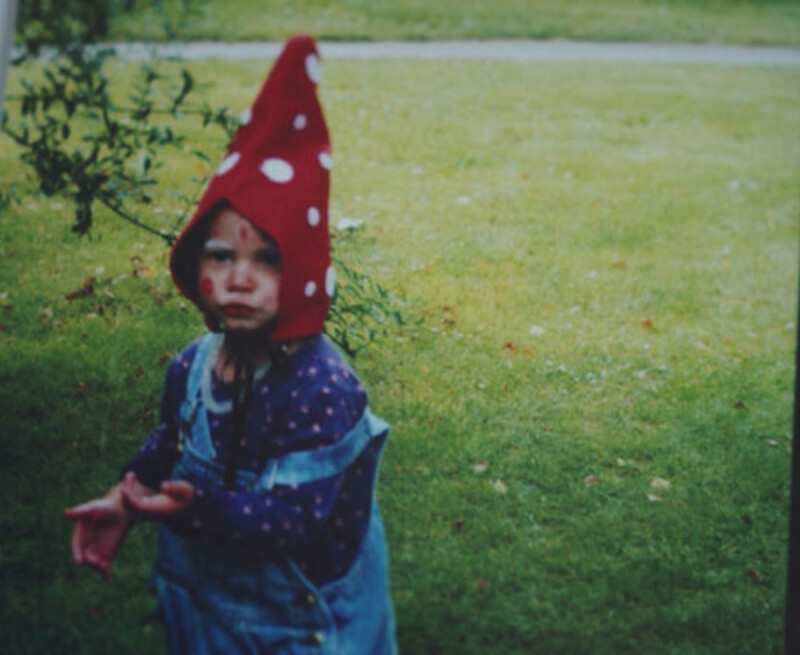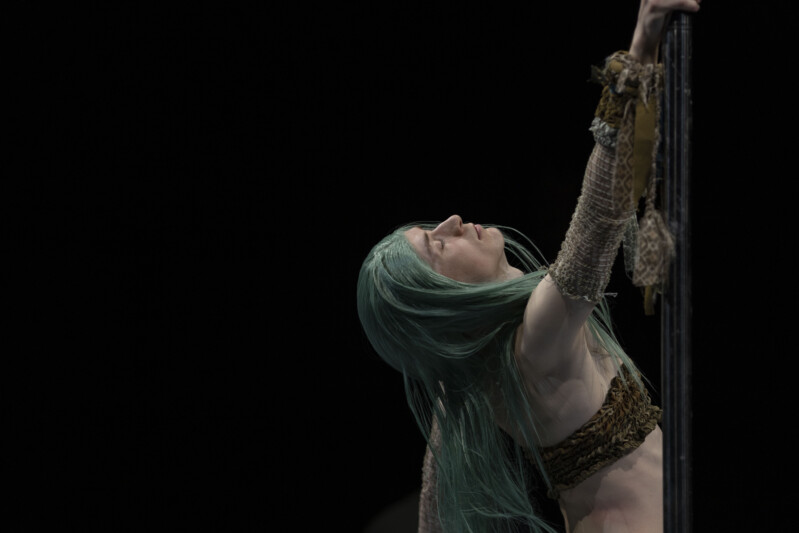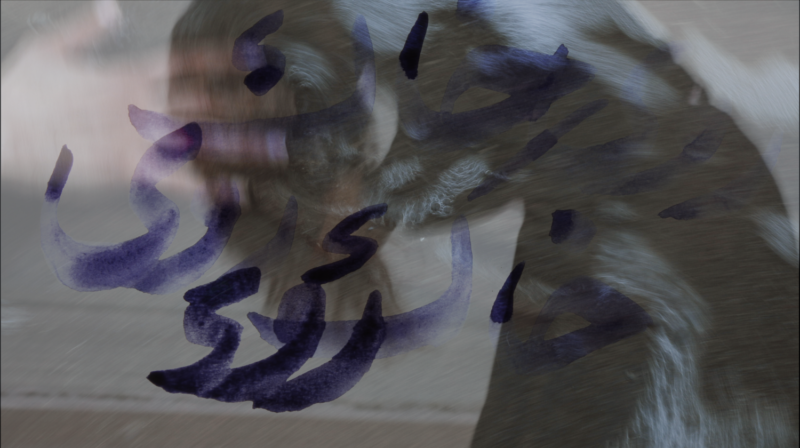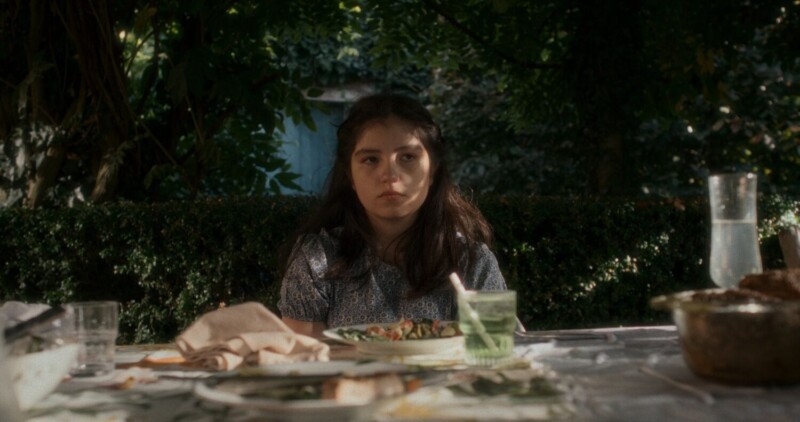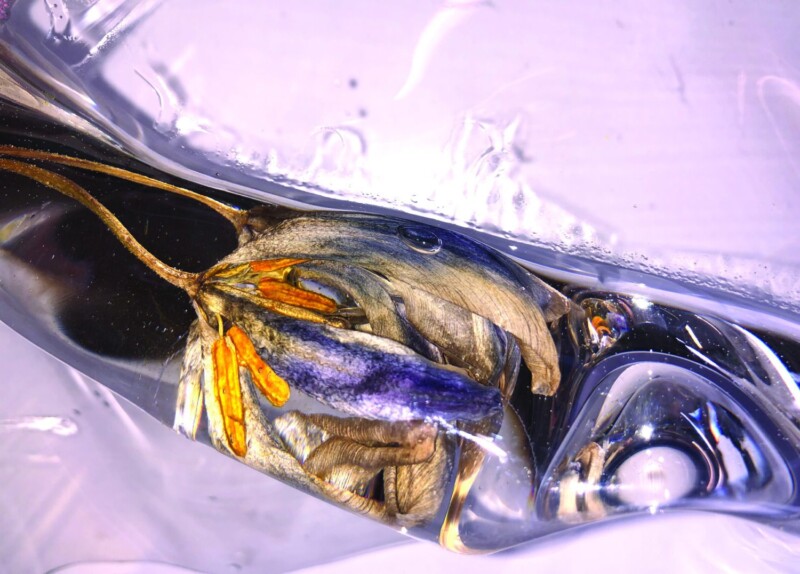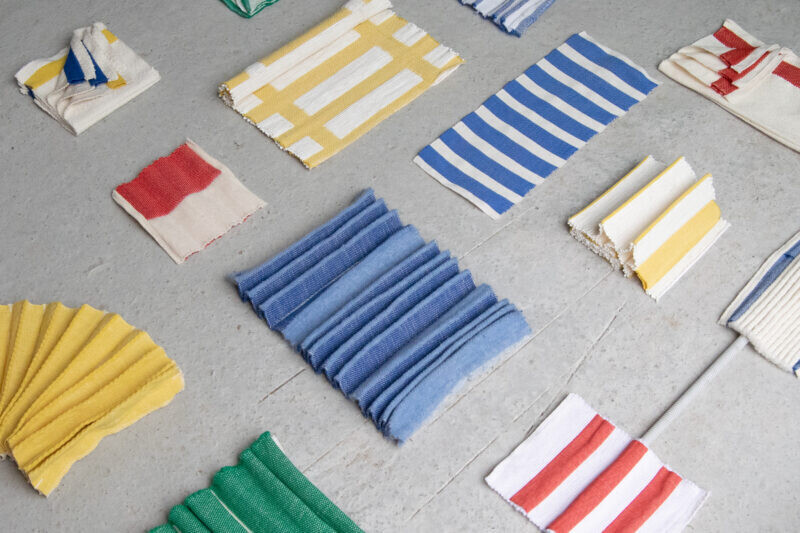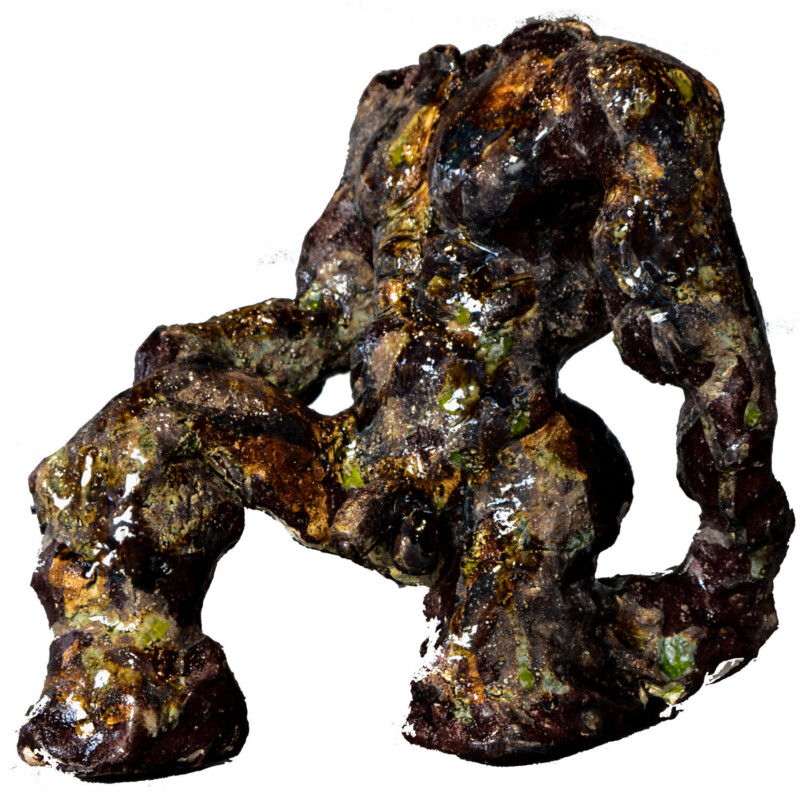Alexis Gerlach
Damsel In Distress (triptych)
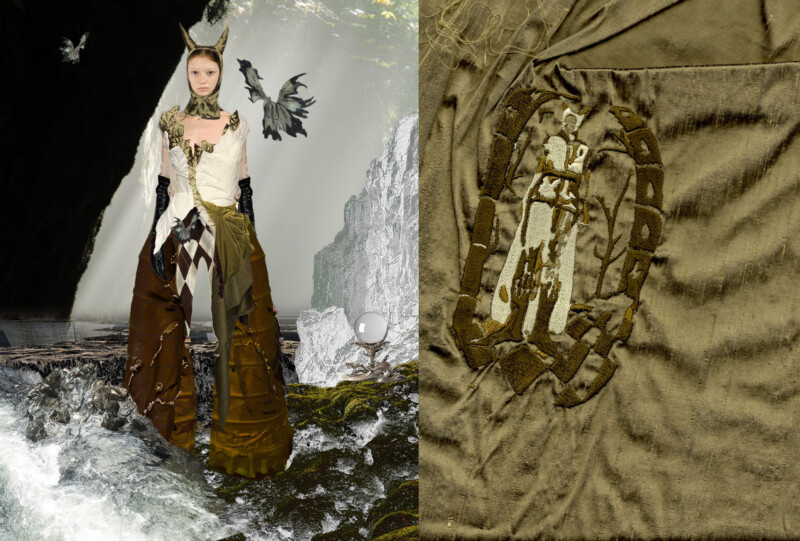
Alexis Gerlach is one of the nine fashion masters exchanging school workshops for the real field next year. Her project Damsel In Distress (triptych) would by no means be out of place in a museum context.
What isn’t reading good for? When Alexis Gerlach stumbled across medieval scriptoria in a book, she had an epiphany. Monks, bent over desks, silently penning on a manuscript for years; in our own era of quick wins, this seems an unproductive curse in the church. ‘I wanted to go right back to that liberating slowness,’ she testifies, ‘Back to craft and manual labour, doing everything myself.’ So instead of the usual panoply of silhouettes, she opted for a triptych spun out in detail. Thematically, too, she continued to dwell somewhat on those bygone days. ‘I want to tell a story about medieval women. Too often, they were given an overly passive role in a history written by men.’

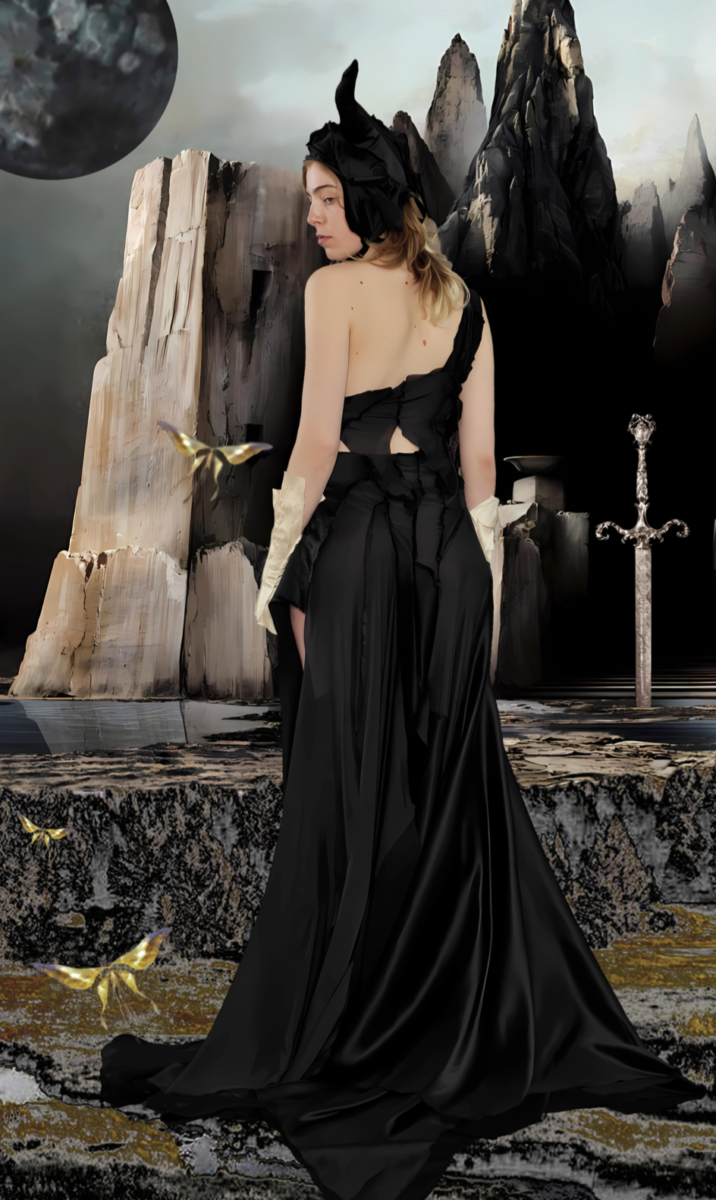
Interpretatively, the three episodes/silhouettes are quadrated, as it were, into a magic square. In doing so, Gerlach suggests three readings. A first is simply chronological with a progression from early, through high medieval to late medieval. The second is more ambiguous and examines the power that women were either denied or attributed. For instance, the remains of pre-Christian Celts and Germanics were invariably identified as male based on the presence of weapons. DNA data, however, revealed warrior women who went to war with them and could even be at the head of tribes. Then, under the influence of the high medieval church, women were highly sexualised. Gerlach counters that fact by depicting her middle silhouette as a jester figure. Finally, with the great presence of death in the late Middle Ages, a certain spiritual framing prevailed. A final reading suggests the way women can cope with the constraints of a patriarchal society: from childlike militant fighting, past a defiantly mocking playfulness in the prime of life, to matured spirituality in later life.
Far more than a fashion collection, Gerlach's costumes thus form a story, if necessary a historical counter-narrative that confronts a fiction presented as truth with its own fiction. ‘Every silhouette has horns,’ she notes, ‘After all, we don't know how those women really lived. We have to rely on oral history, which is necessarily coloured. I present only projections, mythical beings so to speak.’
Text: Régis Dragonetti.

